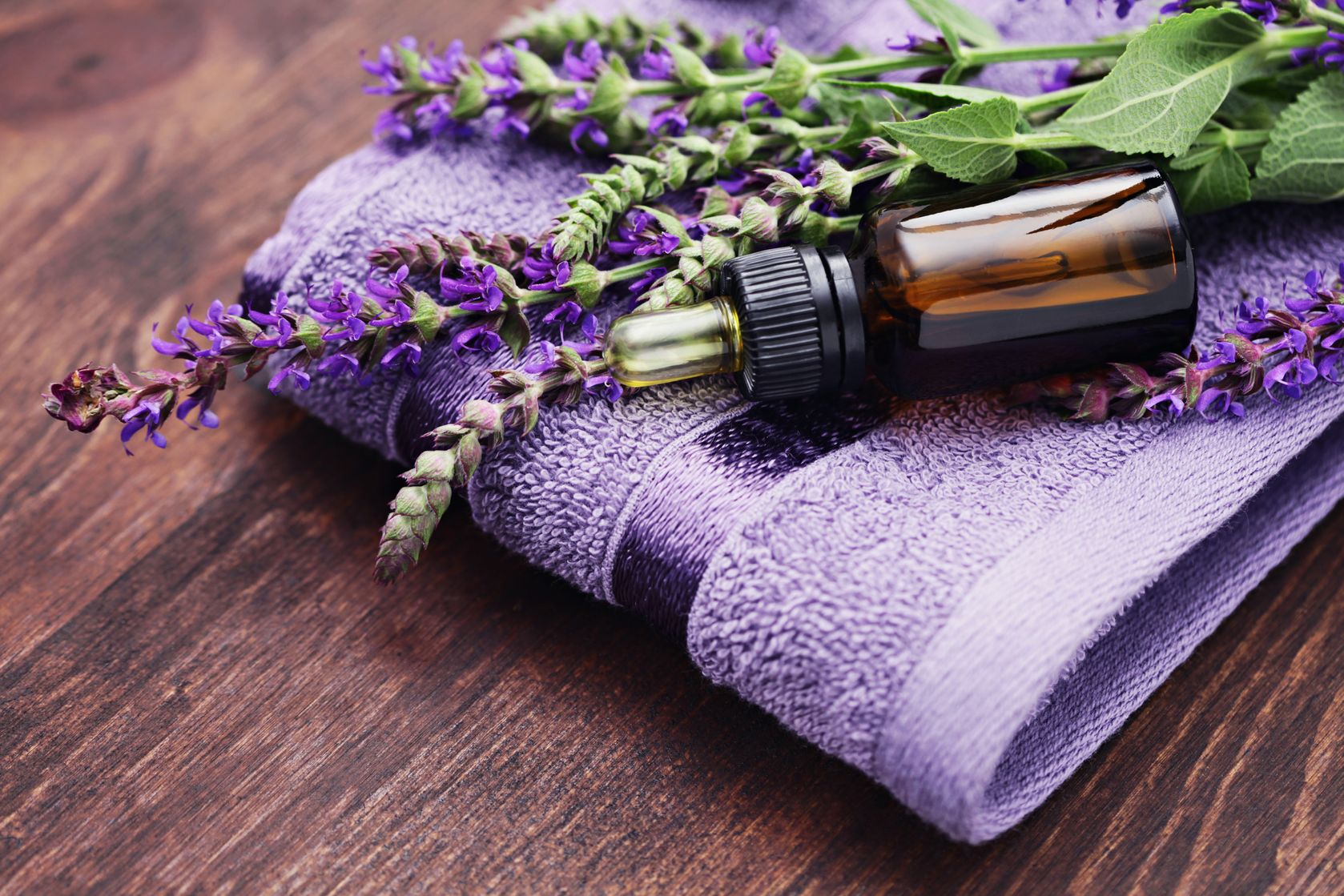We all have health goals that we would like to achieve in the coming year. To set ourselves up for success, we must first resolve to remain realistic about what we can change and stay focused on easy, practical approaches to improving our health and well-being. Ayurveda is a great source of simple, natural health tips that fit into your daily routine without requiring major sacrifices or massive effort, yet can totally change your life.
1. Start your day with the right breakfast. What you eat first thing in the morning sets the stage for your entire day. Your digestion can either be boosted or totally extinguished depending on what you eat or don’t eat in the morning. Ayurveda teaches that the root cause of all disease is improper digestion. A hot whole-grain porridge, such as congee, is the ideal breakfast to kindle your digestive fire, improve nutrient absorption, and balance your metabolism. It’s easy to cook overnight in a crockpot so that when you wake up, your wholesome breakfast is ready to eat!
2. Sip warm water with meals. You’ve heard how important it is to drink plenty of water. But maybe you haven’t heard that you should avoid iced water and drink warm water instead. Ayurveda teaches that iced or refrigerated drinks actually inhibit digestion and that warm water improves it. It is especially helpful to the digestive process to drink warm water while you’re eating a meal—as long as you don’t overdo it. Drinking too much water during a meal dilutes the enzymes necessary to fully break down food, so sipping it is considered healthier than gulping big glassfuls. Gulping can be done in between meals! It may take a little time to get used to asking your waiter for water with no ice, or better yet, a mug of hot water with lemon, but the payoff is worth it. You will notice that you are digesting your meals much more efficiently and without suffering any gas or bloating.
3. Soothe your sinuses daily. Ayurveda teaches that it is extremely important to keep all of your internal cavities well oiled to prevent illness and support a long, healthy life. Many people can relate to having sinus problems, whether they manifest as seasonal allergies, chronic congestion, sinus infections, or headaches. Given that the mucous membranes in the sinuses are the first line of defense when air-borne impurities and irritants enter our body, we want to make sure that they stay in good working order. Dryness and inflammation of these tissues are major contributors to congestion and allergy symptoms. Neti pots are getting a lot of press these days as a great way to keep our sinuses clean. Less well known is the value of inserting a few drops of herbal oils into the nose each day to keep the sinus tissues healthy and supple. If done daily, even twice a day, you will avoid many of the colds, coughs, and headaches that keep you from enjoying consistent good health during the year.
4. Extend the benefits of lubrication to all the tissues of the body by giving yourself a warm oil massage. In Ayurveda, this restorative practice is known as abhyanga. It’s best to apply the warm oil all over your body right before a hot bath or shower so that the oil can easily penetrate into the deeper tissues and joints. Abhyanga serves to calm the nervous system, strengthen the joints and connective tissue, and stimulate the internal organs. It’s best to choose the type of oil that is appropriate for your Ayurvedic constitution, or you can simply use raw sesame oil, which is good for all types. One of the best things about abhyanga is that by doing this healing practice several times a week, you are paying close attention to your physical body in a loving and attentive way. We all could benefit from more self-love, and self-massage is an excellent way to practice this and reap some serious health benefits as well.
5. Daily detox. If you never did anything else for your health besides taking Triphala, you’d still be better off than most people. Triphala is one of the most important Ayurvedic herbal formulas because it serves as a powerful detoxifier for the digestive tract while at the same time rejuvenating the entire body. A clean internal environment is necessary for all our bodily systems to function well. Composed of three herbs, Triphala is extremely high in vitamin C and is balancing for all constitutional types. Triphala is unique in its ability to scrape accumulated toxins out of the intestinal tract so that nutrients can be properly absorbed and waste can be regularly eliminated. It cleanses the liver and the blood and benefits the eyes as well. There is a saying in India that goes something like this: “No mother? Do not worry if you have Triphala.” Triphala provides such a breadth of nourishment and protection that it has earned this comparison to the ultimate nurturer. It’s best to take Triphala one hour before bed so that its cleansing action can occur while no food is being eaten.
After sticking with these easy Ayurvedic New Year’s resolutions for even just a few weeks, you will notice such incredible improvements in your overall health that you won’t have to worry about falling off the wagon. A new sense of well-being comes from making these small but profoundly effective changes. Adopting these practices does require some discipline, but when the benefits become obvious with so little effort, they soon become a part of your normal routine.
Congee Recipe
How do I prepare congee?
Congee is easily prepared overnight in a crockpot. If you do not have a crockpot, the grain mixture can be simmered on the stove over very low heat. It is important to cook the congee in pots made of clay, enamel, glass, or stainless steel. Do not use pots made of aluminum or iron, as chemicals from these materials can leach into your food.
Suggested cooking ingredients for 1 serving:
1 part grain (¼ cup)
5 parts water (1 ¼ cup)
Combine the ingredients in crockpot and cook on low overnight (8 hours). You should adjust the proportions of grain to water until the consistency of the congee appeals to you. Increase serving size as desired. To maximize the health benefits while enhancing the flavor, add spices that are appropriate for your condition (see suggestions below). Your health care practitioner may suggest adding specific flavorings or nuts, fruits, vegetables, or herbs that would be most beneficial to you.
Suggested congee grain combinations:
To reduce excess water weight, try brown rice/barley, cinnamon, and ginger. To strengthen the adrenals and stimulate digestion, combine millet/buckwheat/rye, allspice, and cinnamon.
Some options:
GRAINS: rice, millet, barley, rye, oat groats, spelt, quinoa, amaranth, wheat berries
SPICES: cinnamon, bay leaf, allspice, ginger, nutmeg, cloves
NUTS/FRUITS: jujube, lyceum berries, walnuts, dried cherries, almonds, pumpkin seeds
VEGGIES: sweet potato, carrots, pumpkin, spinach, squash
FLAVORINGS: molasses, honey, maple syrup, rice milk
Disclaimer
The sole purpose of these articles is to provide information about the tradition of Ayurveda. This information is not intended for use in the diagnosis, treatment, cure, or prevention of any disease.










